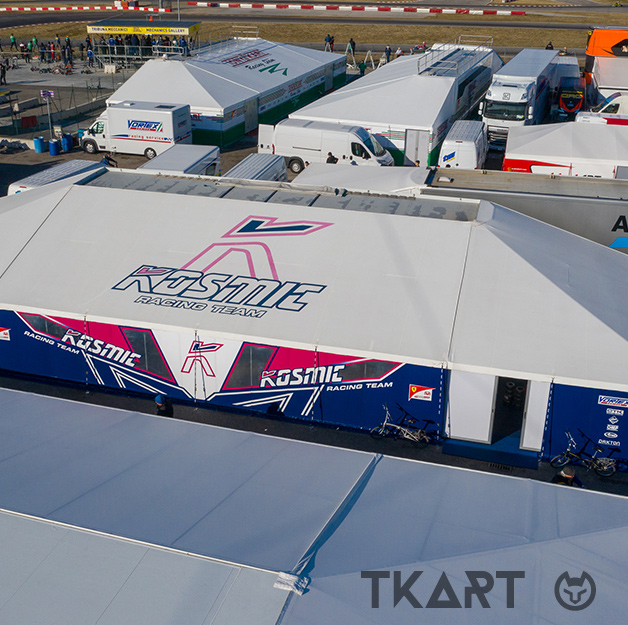The non-shifter version of the new Kosmic Kart Mercury R shares the main characteristics with the version for the gearbox categories, at the top is the KZ in which, on its debut, the chassis graduated as the World Champion.
Compared to the previous S version, KF World Champion in 2015, the OTK Group technicians have introduced several evolutions, developed in close synergy with the Kosmic Racing Department.The Kosmic Mercury R
2019 presents interesting
innovations in various areas of the chassis, while the
frame design remains unchanged, linked to the homologation expiring in
2020. Completely new, for example, are the
seat supports, manufactured with a
small block welded to the frame on which a
bracket which allows you to
adjust the seat to the desired
height is fastened. This system avoids having to directly
bend the
support plates of the chassis to adapt them to the seat, an operation which presented the potential
breakage due to the repeated bending. The small blocks also offer benefits to the
setup of the vehicle, eliminating the
tension which is generated by the supports when fastening the seat.
These tension issues are
detrimental to the neutral
distribution of the weight. Additionally, the
automated welding of the frame, a great point of strength in the
OTK manufacturing, allows a perfectly
identical chassis with
error margins which are basically nonexistent.
